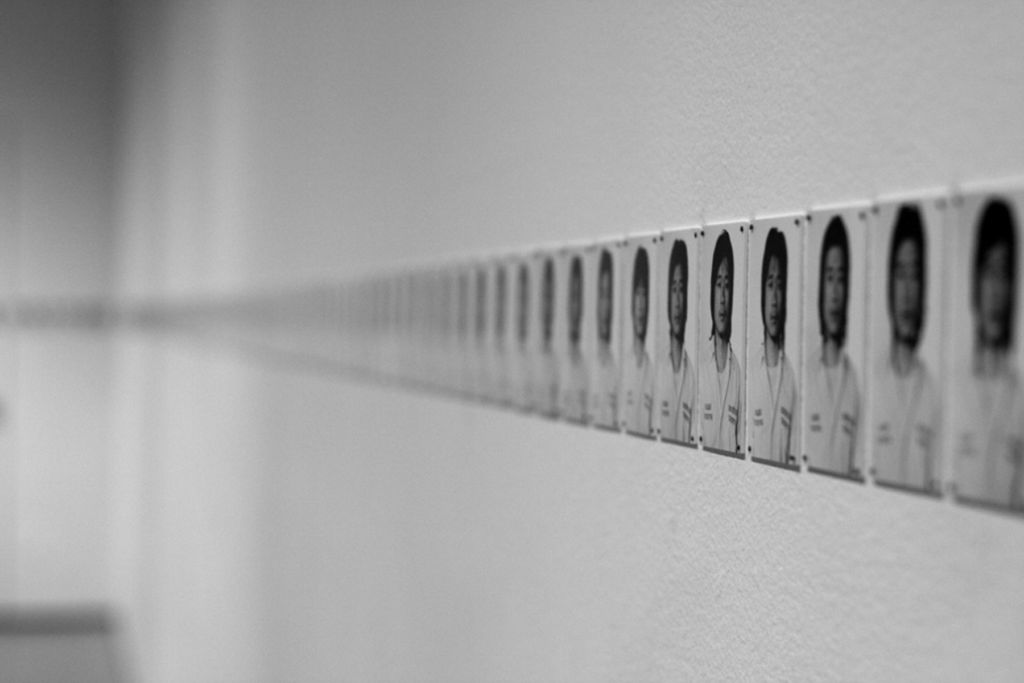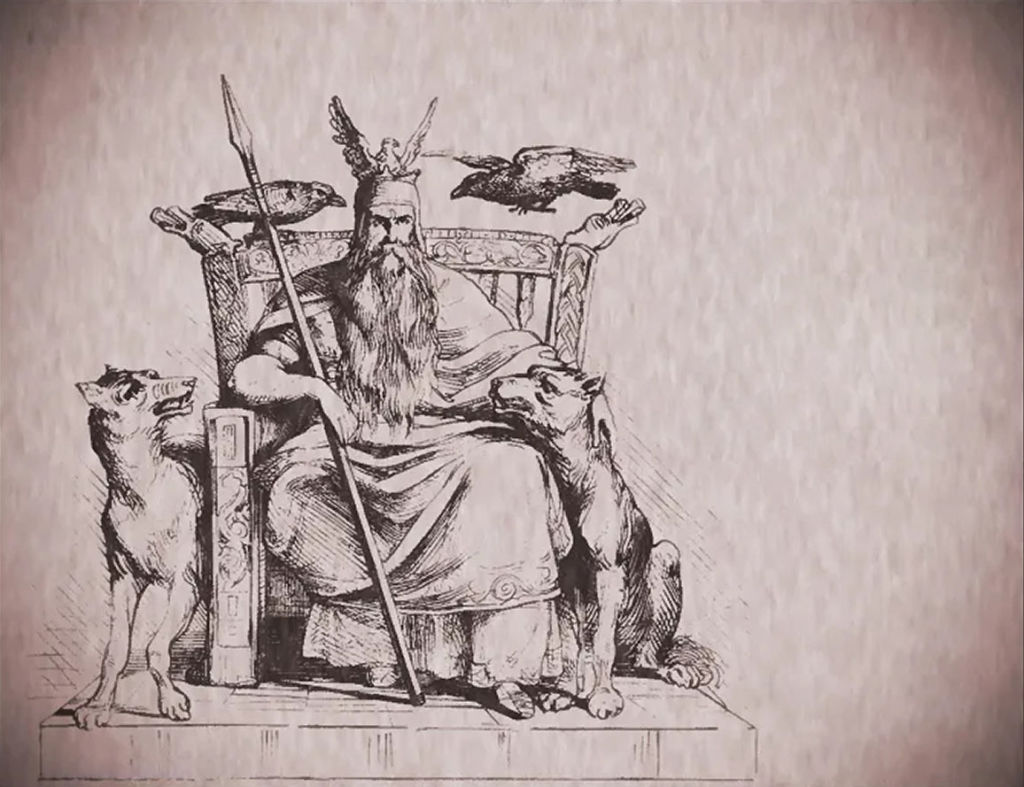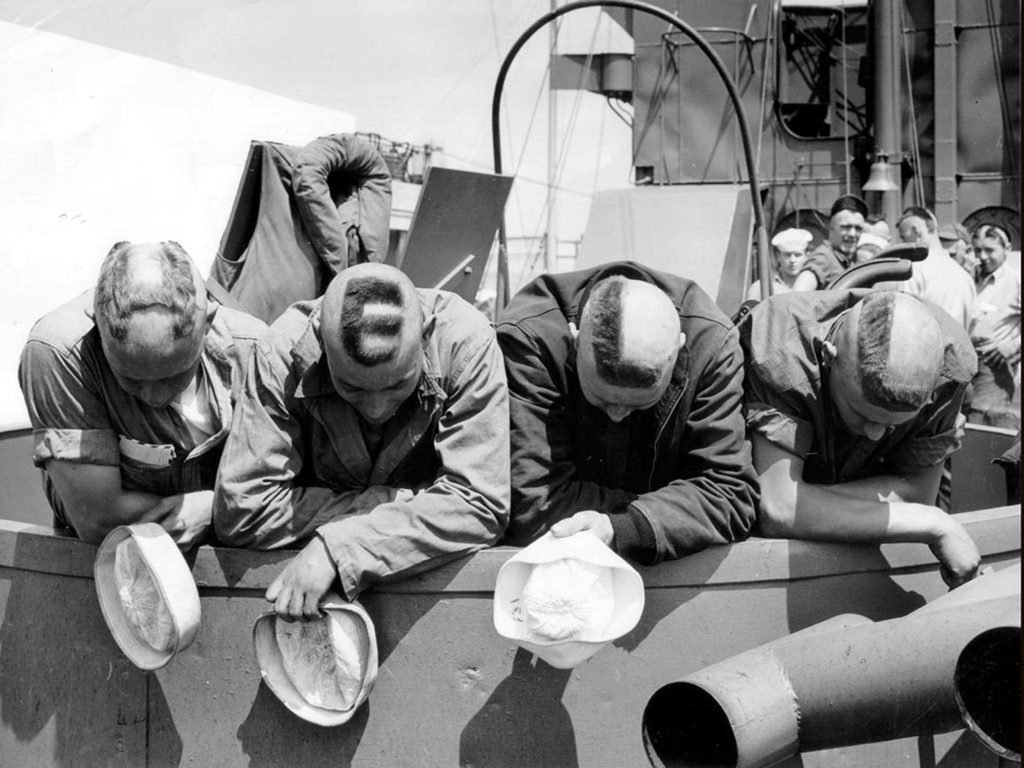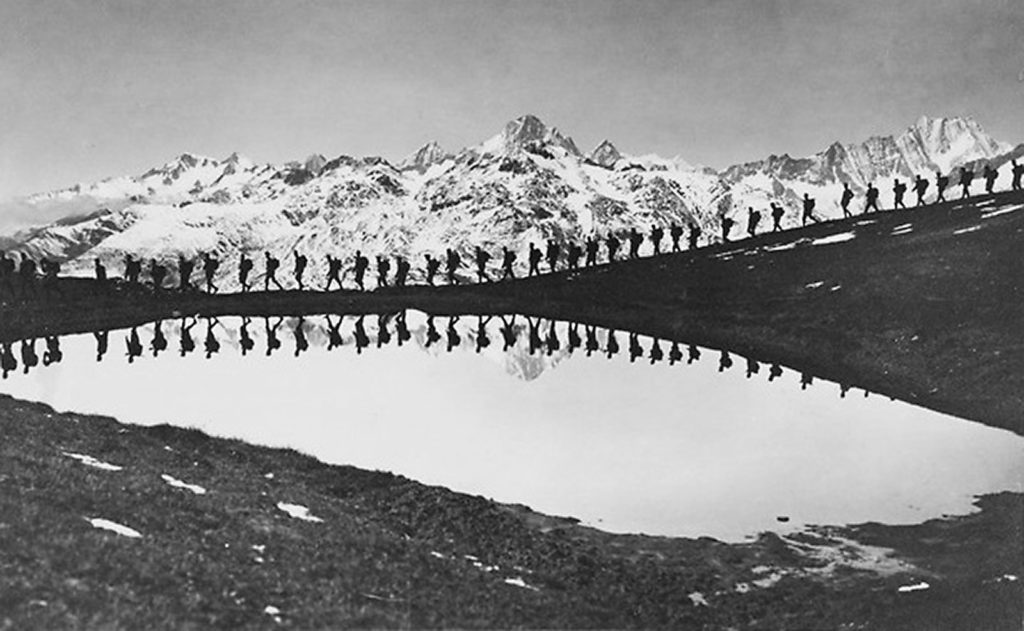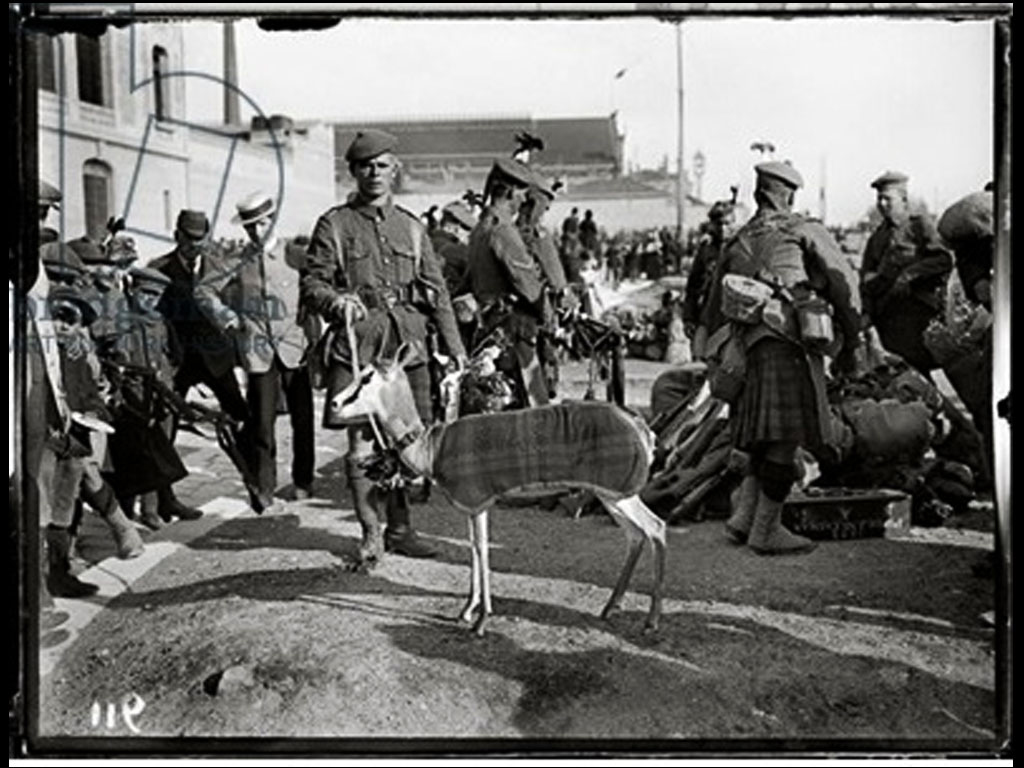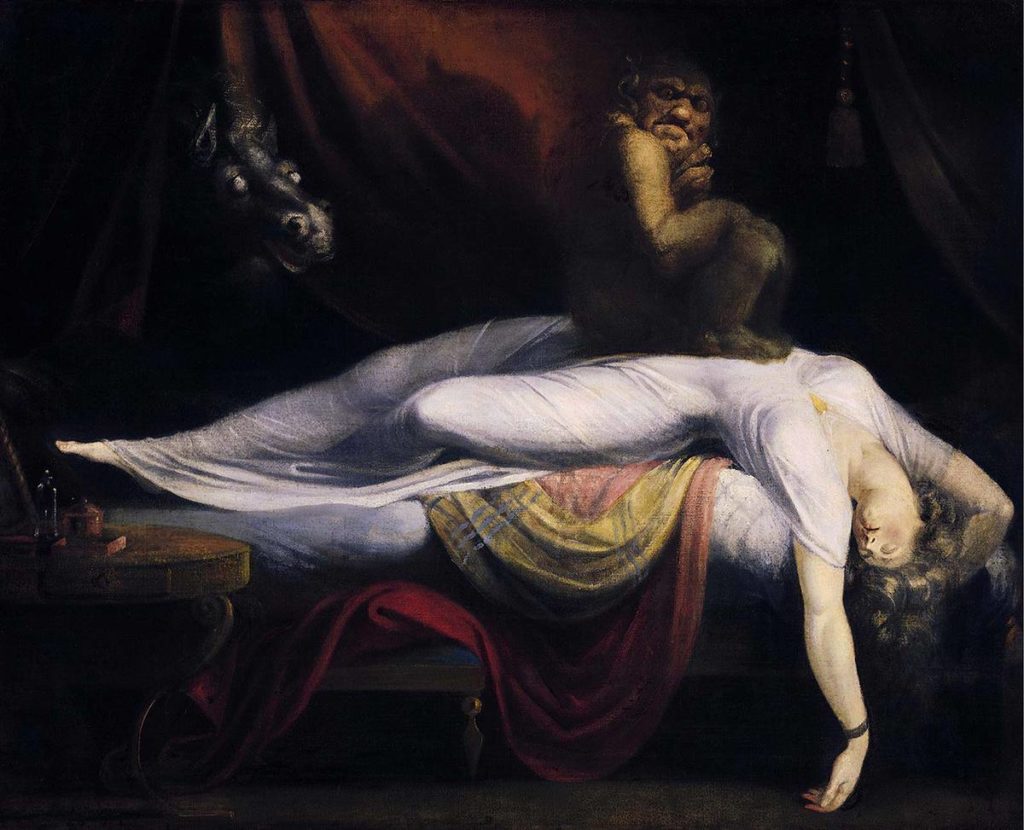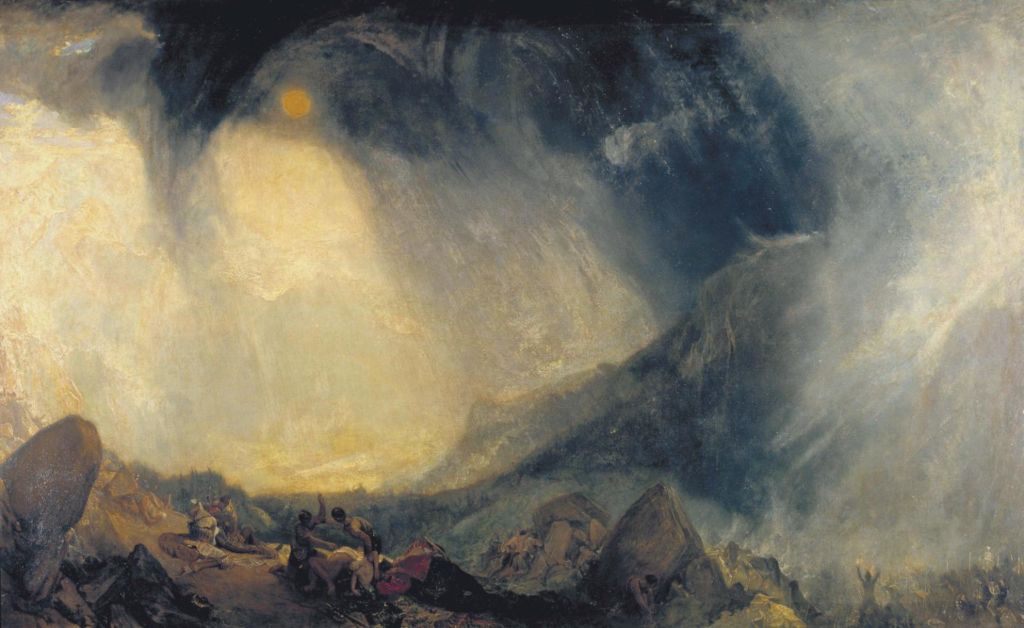We can “evaporate” or “withdraw”, there are a thousand ways to step out of the context of our lives. No two disappearances are the same. Some artists make it the definitive subject of their work, for others it is the focus of specific actions or thought processes. The Taiwanese Tehching Hsieh made it a programme for seven years of his life: the art of conscious confinement.
In 2009, inspired by his investigation into a man sentenced to ten years in prison for faking a drowning in order to defraud his life insurance policy, American journalist Evan Ratliff decided to organise his own disappearance. Although his disappearance was carefully orchestrated with the complicity of the editor-in-chief of Wired magazine, who entrusted him with the task of later writing the story, it was nonetheless an intense experience (Gone Forever: What Does It Take to Really Disappear, Wired Magazine, August 13, 2009). “The urge to disappear, to shed one’s identity and re-emerge in another, surely must be as old as human society,” he writes. “It’s a fantasy that can flicker tantalisingly on the horizon at moments of crisis or grow into a persistent daydream that accompanies life’s daily burdens”. Given away by his digital data, he was caught after 26 days. “Digital information collection, location-aware technology and post-9/11 security measures have radically changed the equation for both fugitives and pursuers.”
In Japan, since the 1990s, as many as 100,000 people disappear each year. They do not commit suicide, they just decide to no longer be part of their lives. They are known as “evaporated people”, ordinary citizens in most cases, wounded by the loss of a job and ashamed to find themselves in a social situation considered degrading. They flee, often aided by mafia networks that facilitate the change of identity. They too are sometimes caught or break down in their solitude, but this is not the case for the majority of them, even though their country is one of the most connected in the world.
There is another form of social disappearance, which is less spectacular or romantic. Millions of young people around the world simply shut themselves away in their bedrooms. It is again in Japan where the phenomenon is most far-reaching. They are called hikikomoris, “social recluses”. This aspiration to voluntary, strict isolation is analysed as “existential nihilation”, pathological sign of a total disinterest in the real world. “Hikikomoris are not armed for the passage from childhood to adulthood, they shut themselves away to detach themselves from the modes and injunctions of society,” analyses Kayo Ikeda, a Japanese clinical psychologist. As much as the “evaporated” reject any digital connection, the opposite is true here. The hikikomori are over-equipped with the most advanced technologies and become the masters or rather the solitary slaves of their machines.
So there are many ways to disappear. Likewise in art. We recall the mythical disappearances, all swathed in legend, such as those of Arthur Cravan, Bas Jan Ader or Lee Lozano who, each in their own way, opted for a definitive disappearance. There are the more conceptual disappearances such as that of Christopher d’Arcangelo who did not want his name to appear in the communication documents of the exhibitions in which he participated. There are also many disappearances designed as temporary actions, like that of Chris Burden who, in 1975, hid in his own show, being both present and invisible, or Christian Jankowski who, on 4 April 1996, staged his own disappearance at the art centre Lokaal 01 in Antwerp. The magician Brando locked him in a box, from which he emerged transformed into a dove. The bird remained locked in a cage on display in the art centre. Three weeks later, the magician made the transformation back. The artist immediately reappeared, having been absent/excused from all social life during this time.
Getting back to normal life
But in these times of confinement, perhaps the work that most comes to mind is that of Taiwanese artist Tehching Hsieh who made six performances, four of which were truly radical. The first took place in his Taipei studio, for exactly one year between 1978 and 1979 (One Year Performance 1 – Cage Piece). He built a cage furnished only with a washbasin and a bed. The objective was to lock himself inside this micro-space by imposing several constraints on himself: no reading, no writing, no television, no listening to the radio and no talking to anyone. He shaved his head in order to see how his face changed over time, taking pictures of himself once a day.
Then in the early 1980s, he decided to leave Taiwan to live in New York. To do so, he joined the merchant navy to make the journey to the United States, ending up in New York as an illegal immigrant with very limited knowledge of English and no place to live. With the few means he had, he rented a studio where he produced five performances over the next few years, each lasting for a very specific period of time:
. 1980-1981: One year performance 2 – Time Clock
The artist took pictures of himself every hour for a year. Photos that he lined up to make a 6- minute video montage. He could therefore never sleep for more than one hour at a time. He counted the number of occasions he failed: about 300 times during the year.
. 1981-1982: One year performance 3 – Outside
His third performance was to live outside without ever going back indoors, i.e. not entering a building, a means of transport, even a tent, a public toilet or a telephone booth. He used only the goods in his backpack and every day drew the route he took on a small map of the city. With his hair shaved at the start, he had one of his friends take pictures of him and took some himself, and was also filmed from time to time, resulting in a 30-minute documentary about his journey.
. 1983-1984: One year performance – The year of the rope
He met the artist Lisa Montano, by chance. Barely knowing each other, they decided to tie themselves together for a year, using a 2.4-metre rope attached to their waists, and were not allowed to touch or detach from each other.
. 1985-1986: One Year Performance – No Art
Tehching Hsieh ended his year-long performance cycle by performing what he calls No Art, which simply consisted of not making art, not talking about it, not going to exhibitions and not participating in any art-related events.
. 1986-1999: Thirteen Year Plan
Tehching Hsieh declared “Will make Art during this this. Will not show it publicly.” This new plan began on his 36th birthday, December 31, 1986, and lasted until his 49th birthday, 31 December, 1999. On the 1st of January 2000, he issued the report: “I kept myself alive. I passed the 31 December 1999”. The text was made up of cut-out letters pasted onto a single sheet of paper.
Like astronauts who spend long months in space, one always wonders how these human beings manage to get back to normal life.
What will our own lives be like after lockdown?
Translation by Angela Kent
Cover: View of photographic installation and record of Tehching Hsieh’s “One Year Performance 1978–1979” (Cage Piece). © Victor Felder, license CC-BY-SA
